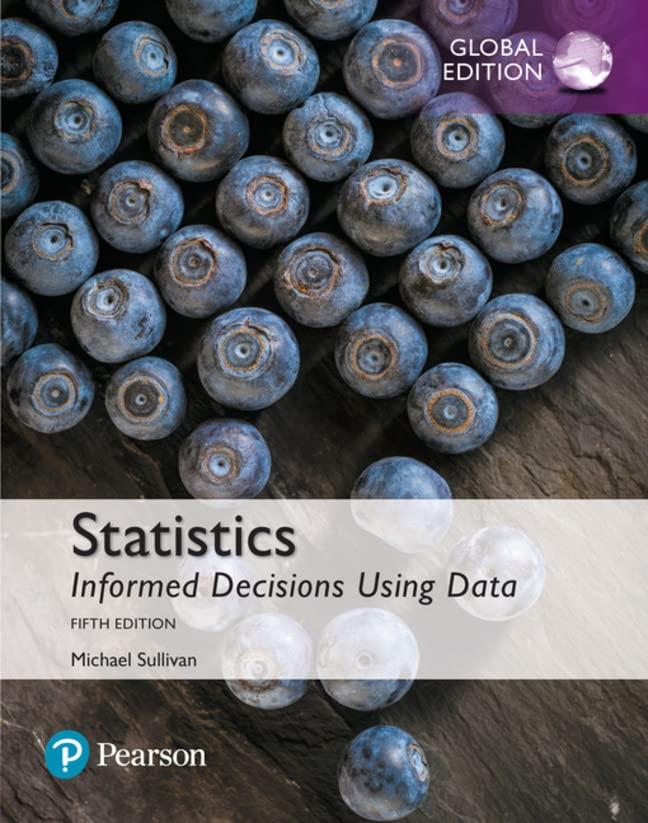We tested (H_{0}: p=0.5) versus (H_{1}: p <0.5), where (p) is the proportion of Illinois high school
Question:
We tested \(H_{0}: p=0.5\) versus \(H_{1}: p<0.5\), where \(p\) is the proportion of Illinois high school students who have taken the ACT and are prepared for college-level mathematics. To conduct this test, a random sample of \(n=500\) high school students who took the ACT was obtained and the number of students who were prepared for college mathematics (ACT score at least 22) was determined. The test was conducted with \(\alpha=0.05\). If the true population proportion of Illinois high school students with a score of 22 or higher on the ACT is 0.48 , which means the alternative hypothesis is true, what is the probability of making a Type II error, \(\beta\) ? That is, what is the probability of failing to reject the null hypothesis when, in fact, \(p<0.5\) ?
Approach To compute \(\beta\), we need to determine the likelihood of obtaining a sample proportion that would lead to failing to reject the null hypothesis assuming the true population proportion is 0.48 . This can be done in two steps.
Step 1 Determine the values of the sample proportion that lead to rejecting \(H_{0}\).
Step 2 Determine the probability that we do not reject \(H_{0}\) assuming the true population proportion is 0.48 .
Step by Step Answer:

Statistics Informed Decisions Using Data
ISBN: 9781292157115
5th Global Edition
Authors: Michael Sullivan





